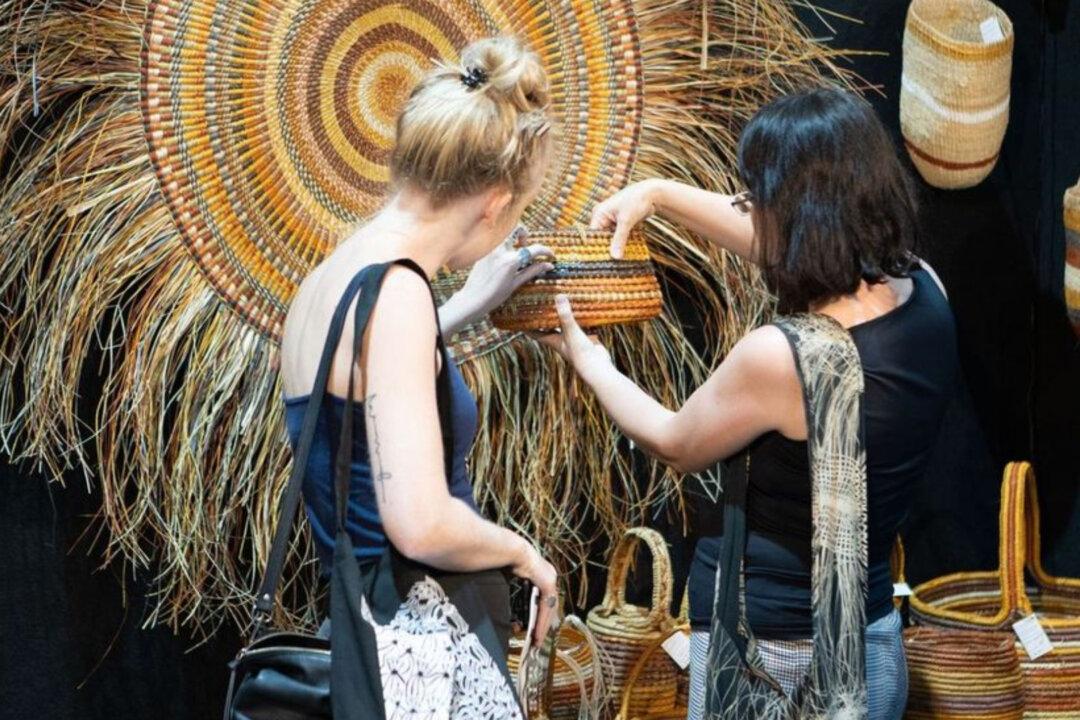Australia’s largest Indigenous arts event will go online for the first time in its 14 year history.
The Darwin Aboriginal Art Fair (DAAF) will immerse artists and art lovers in Aboriginal and Torres Strait Islander art, in a mammoth program that aims to bring the same buzz and life of the live event.





